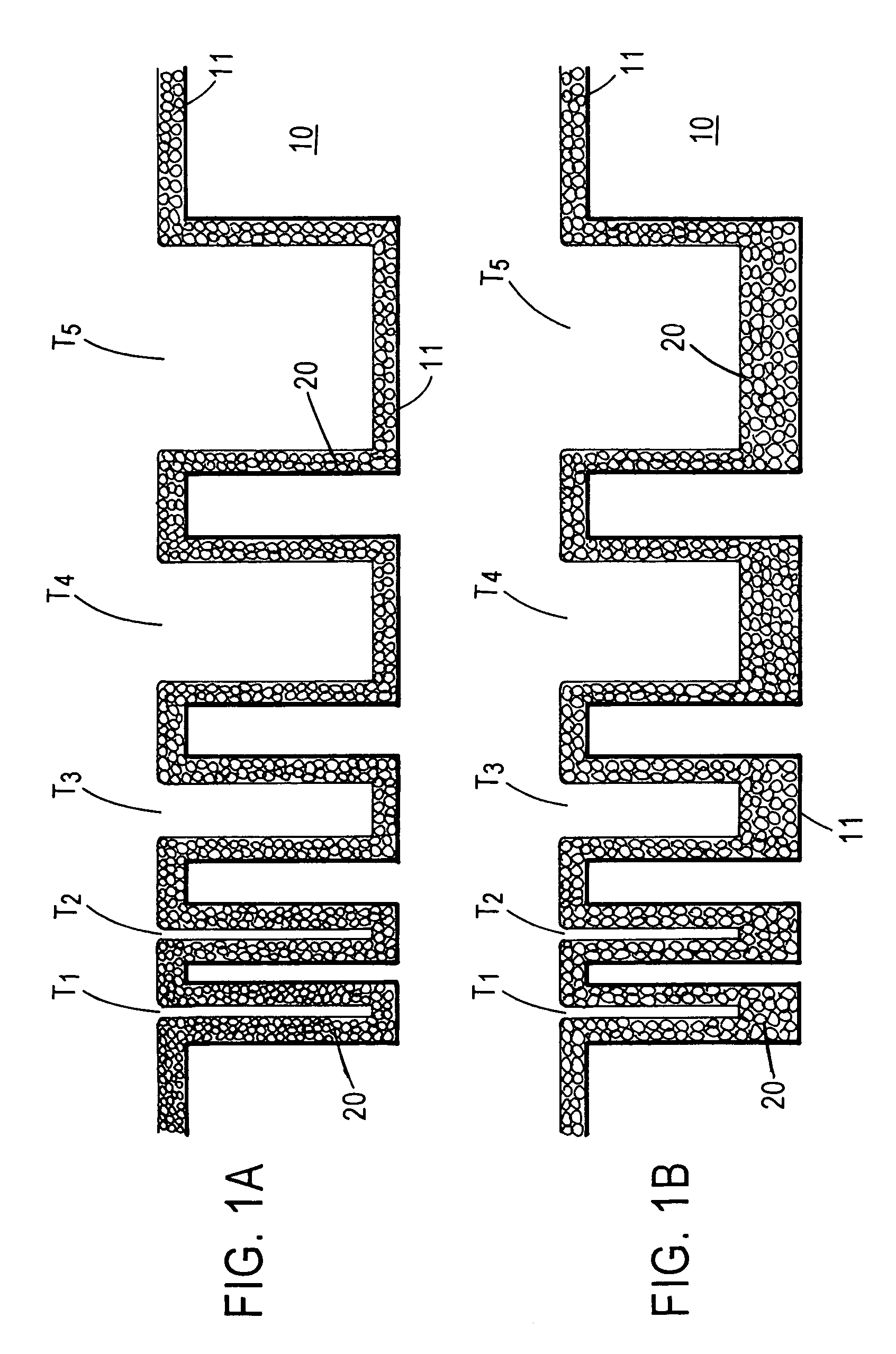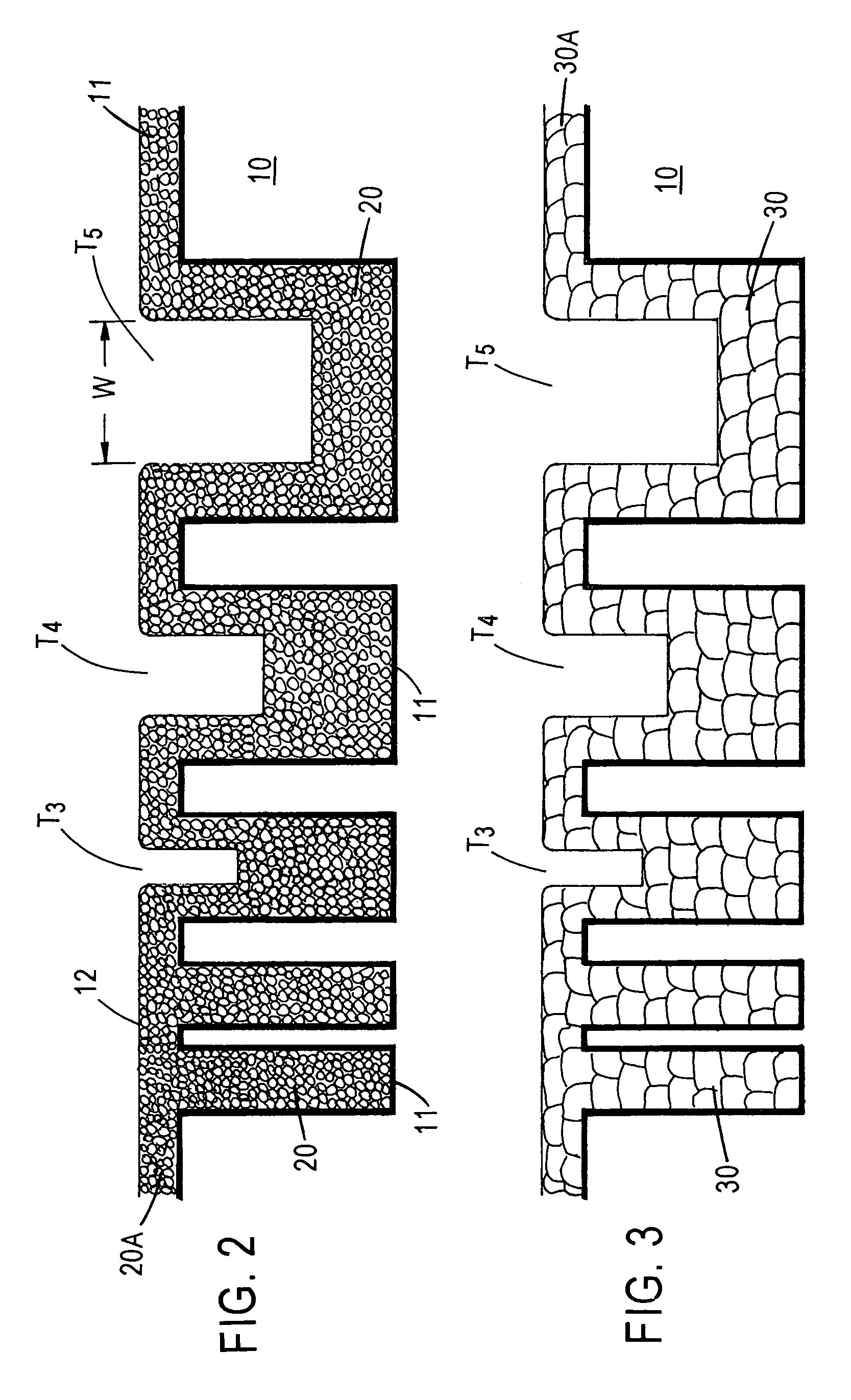Copper interconnects with metal capping layer and selective copper alloys
a copper alloy and copper interconnect technology, applied in the field of copper interconnects with metal capping layers and selective copper alloys, can solve the problems of increasing the difficulty of high-performance microprocessor applications for rapid circuitry speed, more limiting circuit operating speed, cu is a mid-gap impurity in silicon, etc., to improve electromigration resistance and reduce voids in relatively narrow lines. , the effect of improving the electromigration resistan
- Summary
- Abstract
- Description
- Claims
- Application Information
AI Technical Summary
Benefits of technology
Problems solved by technology
Method used
Image
Examples
Embodiment Construction
[0018]The present invention addresses and solves problems attendant upon forming Cu interconnections, particularly when implementing damascene techniques wherein Cu is deposited to fill openings in a dielectric layer that have different widths to form a metal level comprising Cu lines having different widths. Typical metal levels comprise a collection of metal lines with line widths ranging from about 1× to 50× of the smallest feature size, such as a via with a cross sectional width, e.g., a width of about 0.15 micron. Thus, in implementing damascene techniques, a plurality of openings, e.g., trenches, are formed with various size openings. Upon investigating failed or rejected semiconductor devices, it was found that the interface between the Cu metallization and capping layer, e.g., silicon nitride, is a source for electromigration failure due to Cu diffusion along the interface. In addressing this problem, substantially pure Cu was replaced with a Cu alloy containing an element, ...
PUM
 Login to View More
Login to View More Abstract
Description
Claims
Application Information
 Login to View More
Login to View More - R&D
- Intellectual Property
- Life Sciences
- Materials
- Tech Scout
- Unparalleled Data Quality
- Higher Quality Content
- 60% Fewer Hallucinations
Browse by: Latest US Patents, China's latest patents, Technical Efficacy Thesaurus, Application Domain, Technology Topic, Popular Technical Reports.
© 2025 PatSnap. All rights reserved.Legal|Privacy policy|Modern Slavery Act Transparency Statement|Sitemap|About US| Contact US: help@patsnap.com



